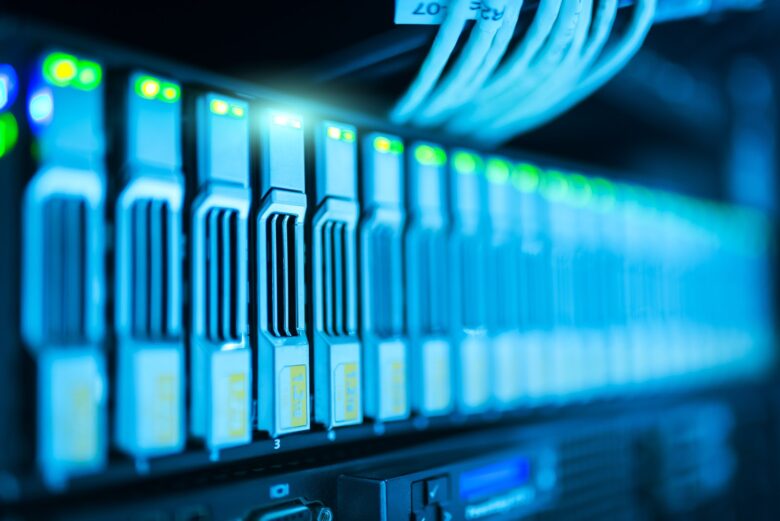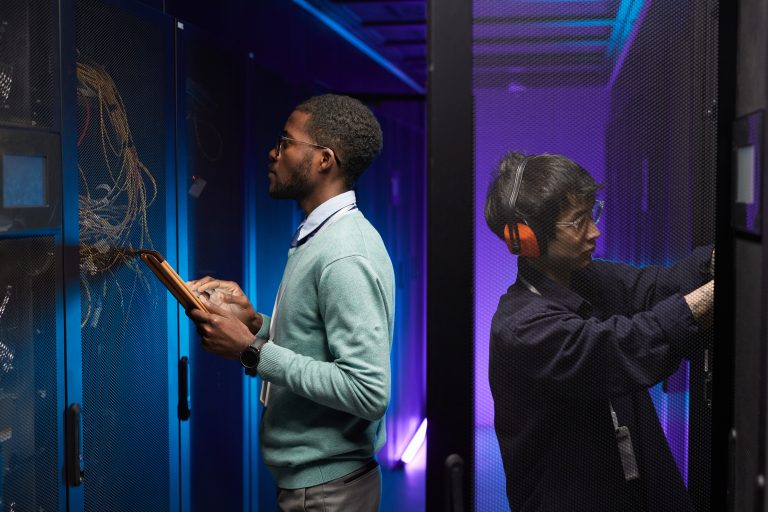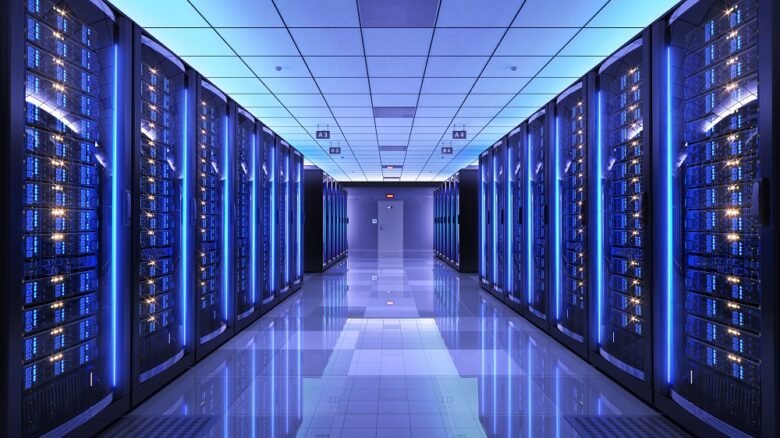IT hardware is sensitive to any kind of environmental changes. Rise or fall of humidity or temperature can cause equipment breakdown, malfunction, and downtime. This is why system administrators pay due attention to the maintenance of proper conditions in data centers.
Atmospheric norms and standards for server rooms have changed over time. Below, we’re going to consider what updates were accepted in the modern IT sphere to make the atmosphere in data centers more friendly toward network hardware.
Equipment is usually accommodated in specialized server furniture, such as racks and cabinets. If you need a network server rack, you can buy it on the website. IT offers a wide range of multi-layer models of any size.
Core Concept about Temperature

Server equipment emits heat during operation. Thus, server systems need to be cooled down, otherwise extra warming up of network hardware can result in its overheating and malfunction.
According to the updated server room temperature standard of the ASHRAE, the optimal indicator ranges between 64° to 81°F. In comparison with previously recommended norms of 68° to 75°F, modern IT hardware is more tolerant to higher temperatures.
Thus, many computers, servers and other active devices can perform without ventilation without the risk of overheating. Tolerance to 80°F allows reducing the amount of consumed power, electricity, and natural resources used to cool devices. However, note that the higher the temperature is, the less time is left to cool down the devices in the case of an emergency.
Factors to Keep into Account for Correct Temperature Setting
When choosing an optimal server room temperature, experts suggest paying attention to the following aspects:
- windows, their size, and position;
- the room area and the type of floor;
- lightning;
- the number of occupants inside the premise.
All these points can influence the temperature required in your data center. Note, the recommended server room temperature is 72°F.
Essential Concept about Humidity

Do you have an idea of how harmful too low or high humidity can be for IT equipment? Violation of an optimal humidity level can noticeably damage network hardware in the following ways:
- too low indicators cause the accumulation of static electricity on circuit boards and other units, which can lead to power surges and equipment malfunction;
- too high indicators will result in condensation and excess moisture settling on devices.
Based on updated information, it is advisable to keep the humidity level in computer rooms between 45% and 55%.
Things that Help Check the Level of Humidity and Temperature in Server Rooms
System administrators stick to use the following devices to monitor the atmosphere in data centers:
1. Server chillers
These are specialized devices that help control the server room temp and keep it within an allowed range. They act by exchanging heat with cold air and are well combined with raised floors. Here, several cooling technologies are distinguished:
- the system implies the immersion of equipment into non-flammable and non-conductive dielectric liquid;
- liquid cooling systems: the temperature of IT hardware is reduced due to the circulation of liquid, cold fluids absorb heat and exchange col;
- direct-to-chip cooling: this solution implies the integration of cold plates with the motherboard.
Different kinds of techniques are suitable for diverse systems. But, each of them allows to reduce the temperature inside server cabinets.
2. Sensors

All sorts of high-precision sensors are installed both inside cabinets and on the premises to monitor the level of environmental indicators. Sensors are set to control compliance with parameters and send alarms in the case of critical changes.
The modern market offers a wide variety of sensors for both humidity and temperature monitoring. Most models are equipped with additional functionalities.
3. Vaporizers and humidifiers
These devices will help control the humidity level and adjust it to the set parameters. If the air gets too dry, humidifiers will bring it to the norm. Due to built-in sensors, devices can measure the humidity level and makes it dry or wet, depending on the indoor environment.
Tips to Regulate Environmental Indicators in Data Centers

System administrators frequently use the following room cooling strategies to ensure optimal environmental conditions for network equipment functioning:
1. Temperature control panels with fans
This is a metal construction with 2 or 4 places for fans. Fans are installed inside the enclosure and protected from outside influence. 2-fan panels are classic, but 4-fan options are produced for more powerful systems.
The solution allows cooling down critical active hardware and keeping the temperature within the norm. Control panels can be installed on a top or bottom shelf, or near a well-heating device.
2. Shelf fan trays
These are tools for spot server cooling. They are usually installed at the bottom of the server cabinet to direct hot air from the enclosure and provide sufficient air circulation through functioning devices. Shelf trays with 4 or 6 fans are more common in the IT sphere.
3. Wall-mount roof fan kit
This is a specialized solution for wall-mounted models. Such cabinets have limited space and sometimes require fan installation outside the body. Fan kits are suitable for mounting both outside and inside the enclosure. They are supplied with unified cords; thus, users can easily plug them into any outlet or PDU.
Server equipment is responsible for datum storage, processing, and generation. Such computing tasks require much power and lead to telecommunications hardware heating and emitting much warmth into the room environment. Improper cooling leads to overheating and system breakdown. Thus, it is essential to control and support the best temperature for server room. Sensors, monitoring devices, and tools help keep environmental indicators in order and ensure an optimal atmosphere in data centers.


